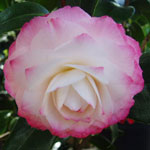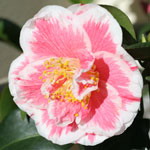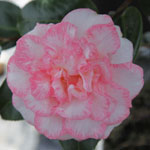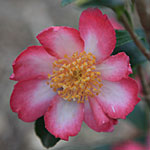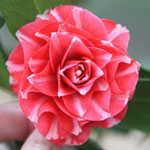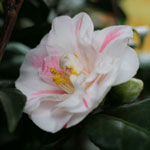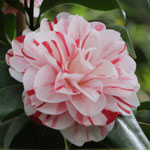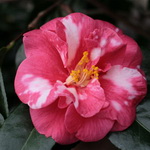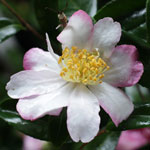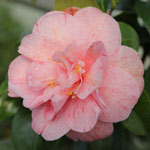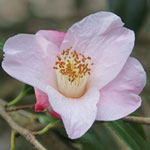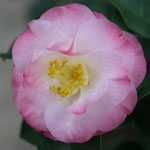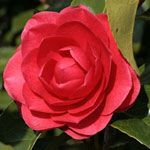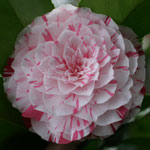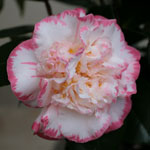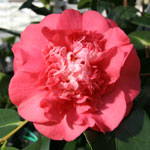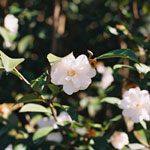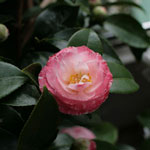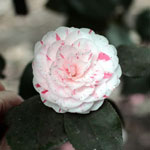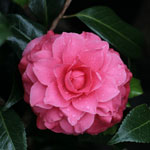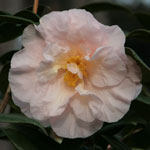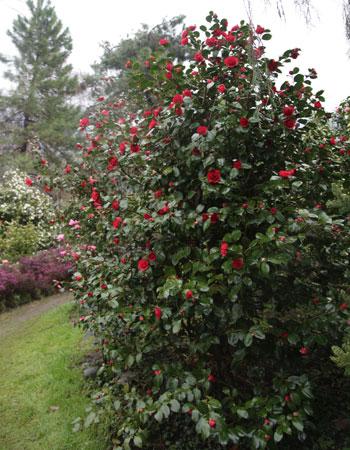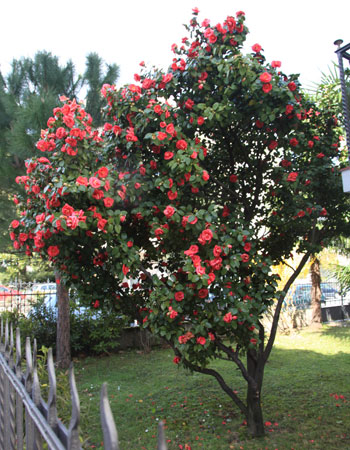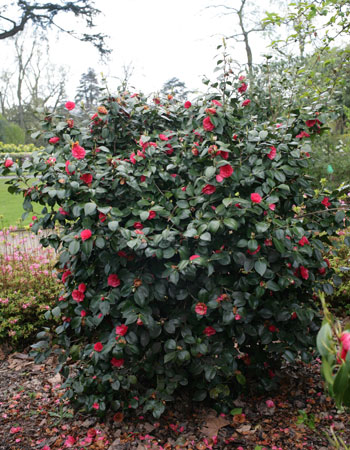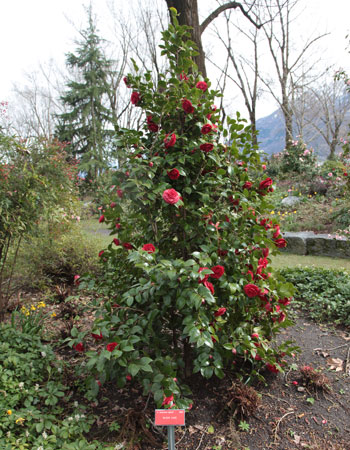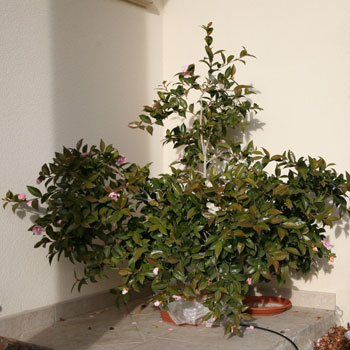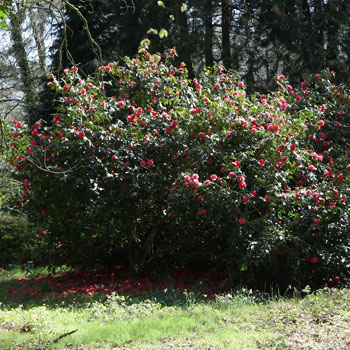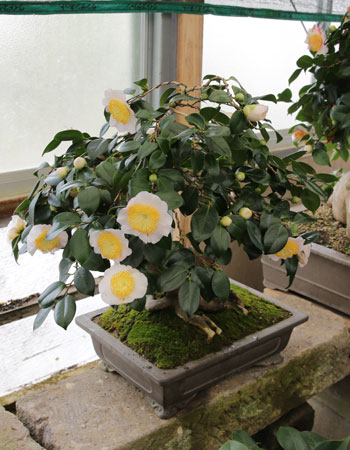|
Camellia Japonica
|
Coming from China, then Korea, Japan, and Taiwan. They are the most famous and are very popular. This specie regroups thousands cultivars of various flower sizes, foliage, habits and colors. Flowering during winter or spring.
|
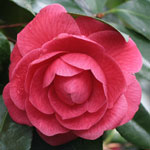
|
|
Higo Camellia
|
Coming form the old Japanese province of Higo (now Kumamoto), on the southern island of Kyushu, selected by lords of the Samuraï. They constitute a group of 120 cultivars inside Camellia Japonica. The flowers are always single and the stamens are proeminent.
|
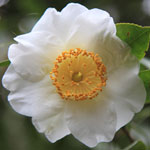
|
|
Hybrid
|
Coming from marriage between species, hybrids are recent (1930). Some are cold resistants. The form and color ranges are varied. Flowering during winter or spring.
|
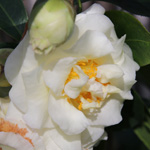
|
|
Hybrid C.x williamsii
|
Hybrids 'williamsii' (coming from Camellia saluenensis and Camellia japonica) are named after the first European breeder, J.C. Williams.
|
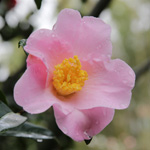
|
|
Camellia Reticulata
|
Coming from southwest of China, Yunnan. Very large flowers and hundreds of cultivars. Flowering during spring. For temperate climates.
|
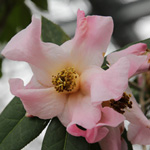
|
|
Hybrid C.reticulata
|
By hybridization, the species C.reticulata has given hundreds of mostly spring-flowering cultivars.
|
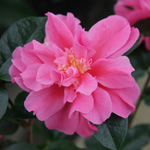
|
|
Wabisuke
|
A group of small flowered camellias, very popular in Japan because of their small size. They are all descendants of 'Tarôkaja'.
|
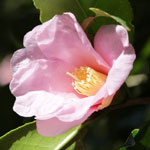
|
|
Camellia Sasanqua
|
Specie coming from Japan. Flowering in autumn. Often fragrant (smells jasmine tea). Camellia sasanqua gave hundreds of cultivars.
|
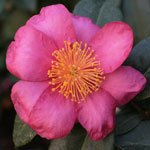
|
|
Species
|
Wild camellias.
|
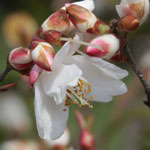
|
